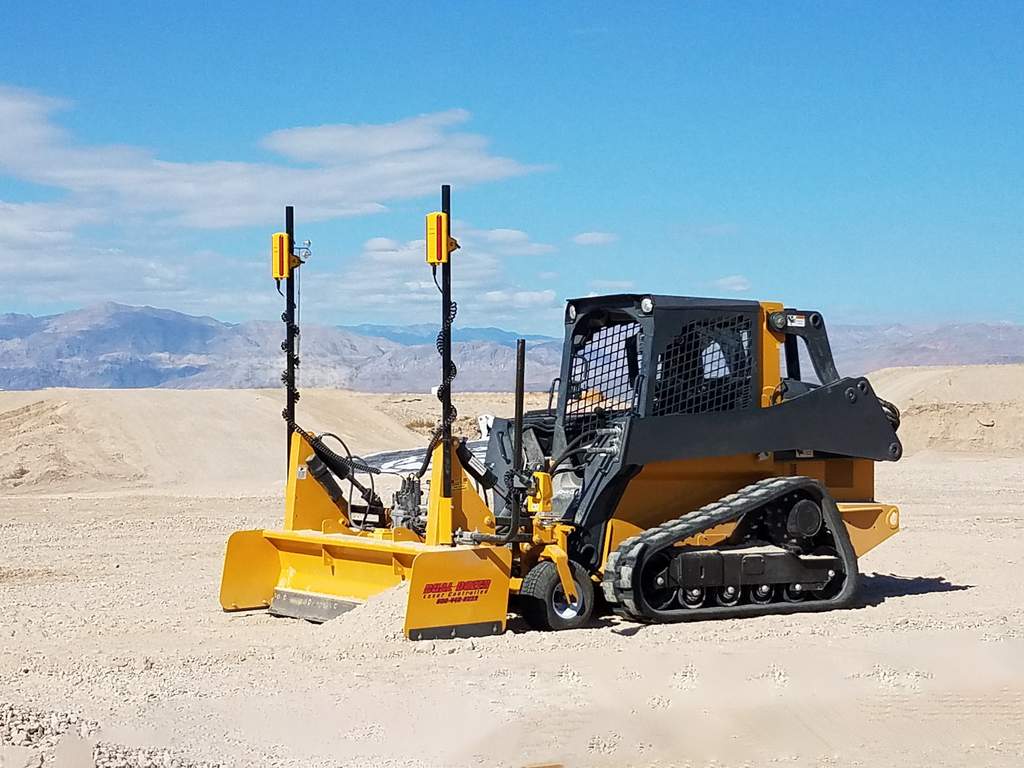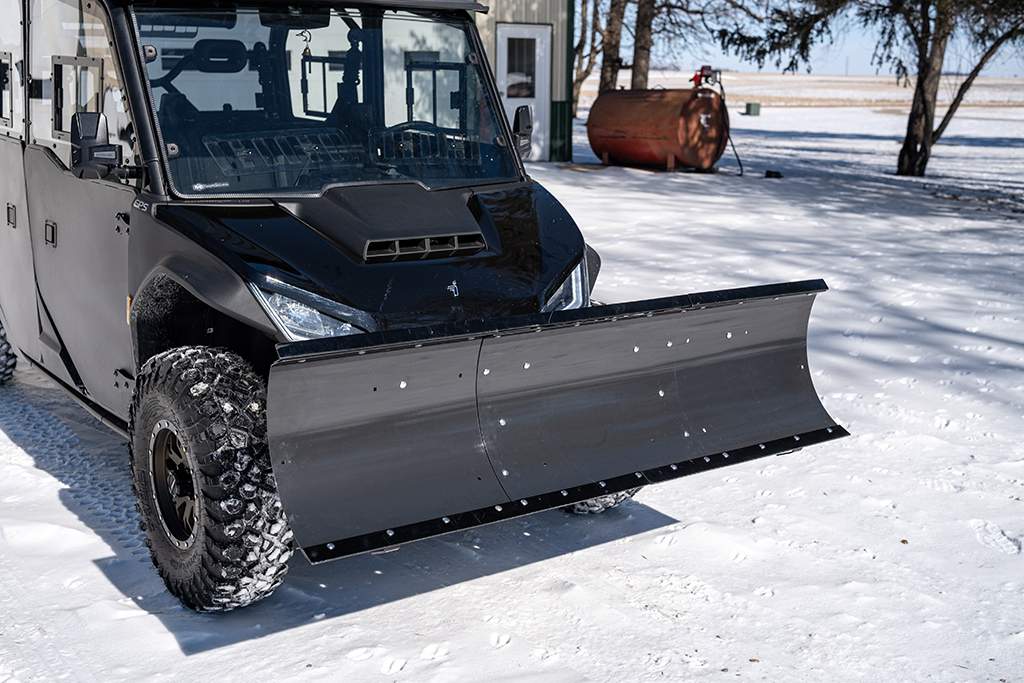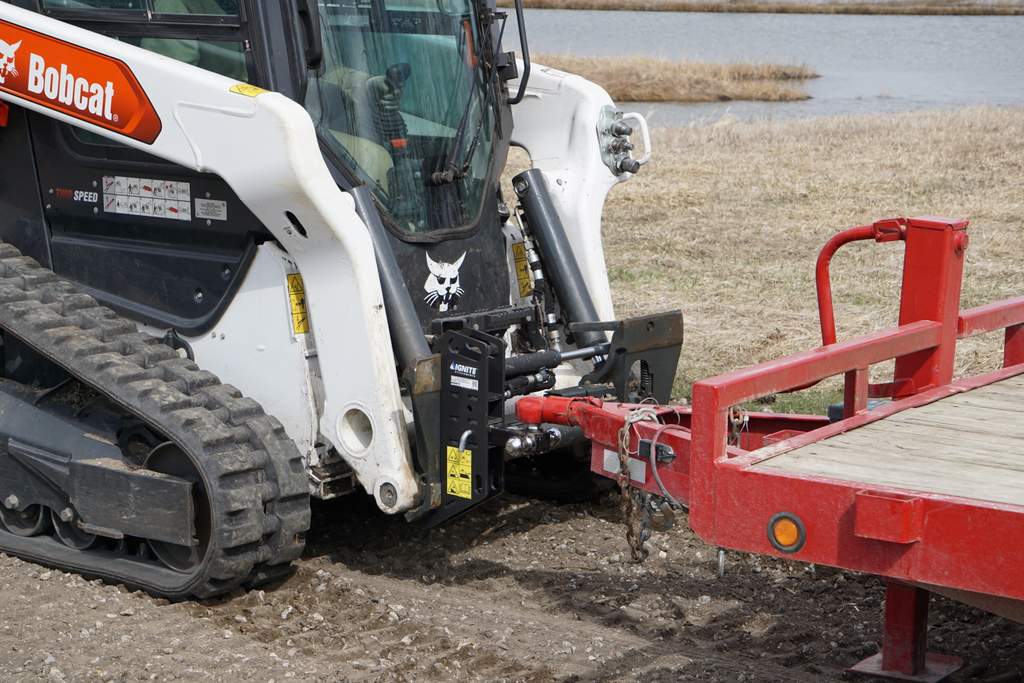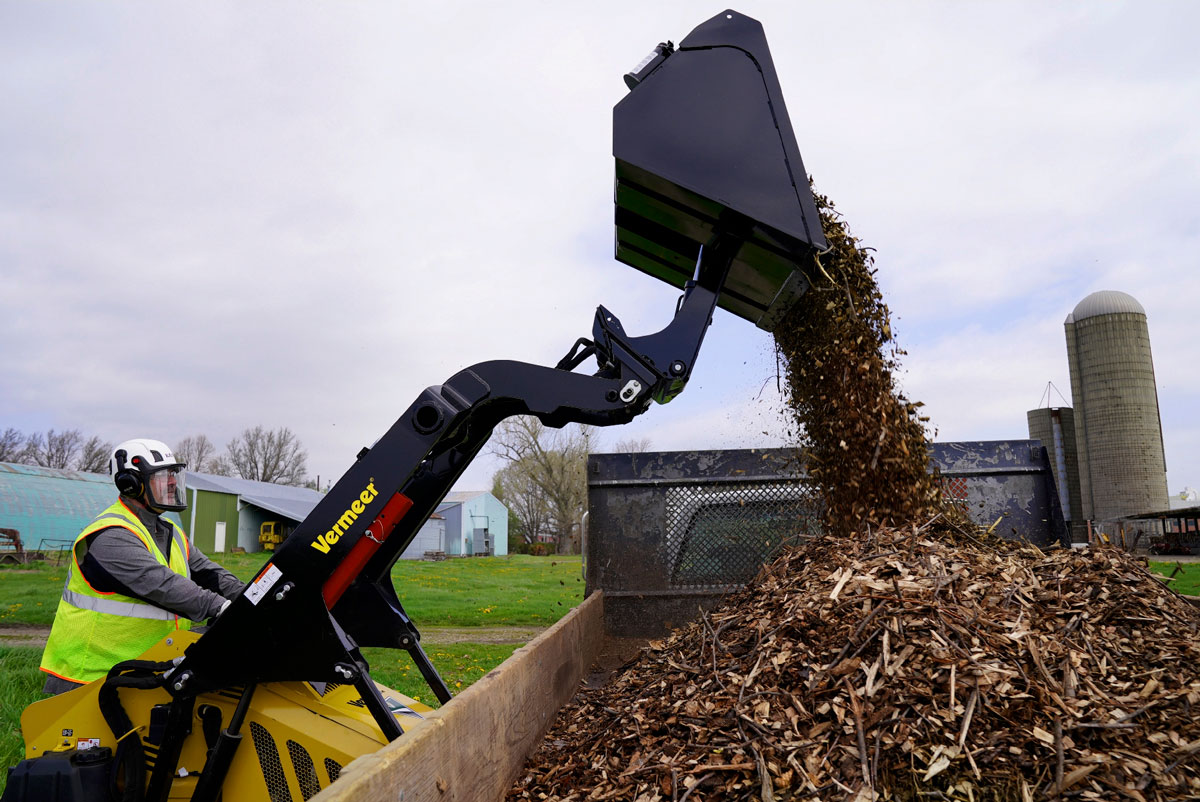Eight Auger Manufacturers Offer Tips on Buying, Operation and Maintenance
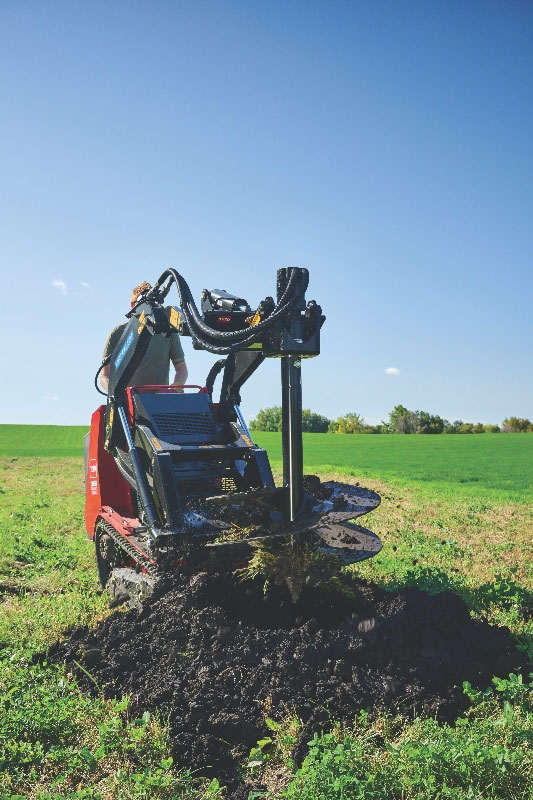
An auger attachment is the perfect tool for digging holes for fencing, planting trees and more. So, whether you’re a landscaper, contractor or homeowner, you could benefit from having one in your fleet. Below, we’ve collected advice on augers with topics ranging from buying, operation and maintenance. Scroll down to see what these industry experts had to say…
Know Your Application
Drew Truan, Chief Executive Officer of Blue Diamond Attachments
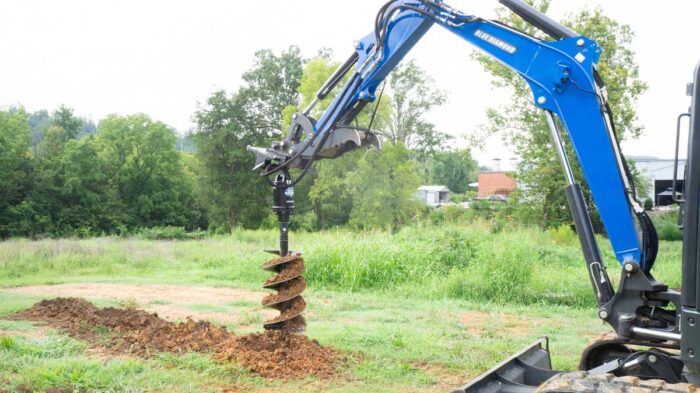
When selecting an auger attachment, consider your machine’s hydraulic flow, pressure and operating weight alongside soil composition at your worksite. For most applications, heavy-duty bits with cast teeth offer the best balance of durability and performance, featuring easier replacement parts and stronger wear resistance. Before purchase, assess your specific needs: soil conditions, required hole diameters, drilling depths and usage frequency. Many contractors maintain multiple bit sizes to accommodate various projects — from 8-in. bits for fence posts to 36-in. options for larger installations. Consult with equipment dealers, understand your machine specifications, maintain equipment properly and prioritize operator training to maximize your investment and ensure safety.
Understand Your Torque Needs
Rob Reister, Product Specialist for Attachments at Bobcat Co.
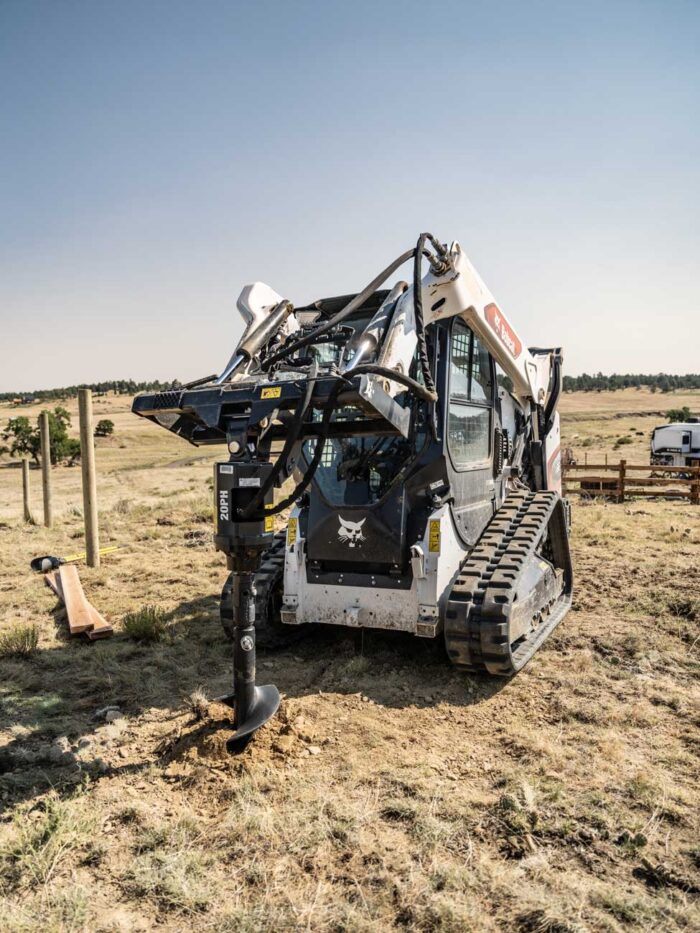
It’s important to understand whether you need high-speed, lower torque or low-speed, higher torque for your auger application. Discussing your jobsite needs with your local dealership will help you correctly match your auger and motor. Your auger should be matched to the flow output of the carrier for best performance. Typically, the slower the auger turns, the higher the torque and in some applications torque is most desired, where in other applications speed is the primary requirement. Keep in mind that the hydraulic flow from the carrier determines the speed of the output, and the pressure of the carrier’s auxiliary system will determine the power or torque of the auger.
Sample the Soil
Darin Gronwold, Senior Product Specialist at Ignite Attachments
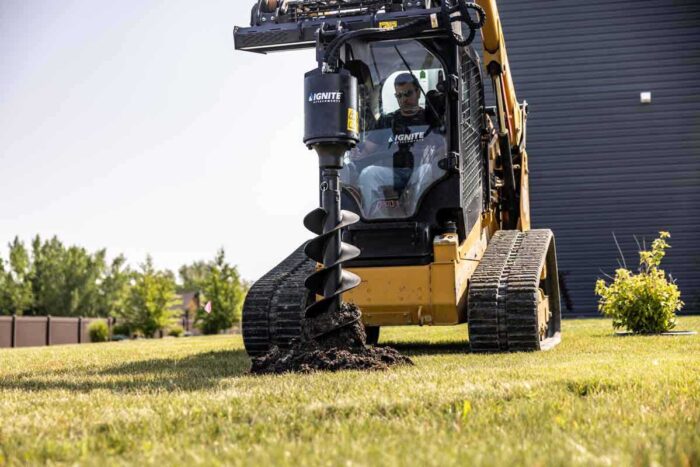
Standard-duty augers with direct-drive systems work well in light, sandy or loose soil. Using a wider flighting design can help move material efficiently and keep the hole open during drilling. Denser soils, such as clay, require more torque to break through effectively. Clay also tends to stick to auger bits, making extraction more difficult. In these conditions, a planetary-drive auger with high torque is recommended. A bit with aggressive cutting edges or augers equipped with flighting extensions can help remove material more effectively. When dealing with rocky soil or a mix of gravel and hard-packed earth, a heavy-duty auger with carbide-tipped teeth or a rock auger attachment is ideal. These specialized bits can break through resistant materials while reducing strain on the equipment.
Stay Steady
Emily Pagura, Product Marketing Manager for John Deere

When purchasing an auger, the most important factor is the diameter of the hole you need dug. It should be just wide enough to fit your post, tree or other material, without creating excess backfill work. Operating an auger is straightforward. Position the boom so the auger points straight down, as drilling at an angle increases wear and reduces efficiency. Apply steady downward pressure and adjust the auger speed based on the soil type and operator preference. Like all hydraulic attachments, augers should be kept clean and covered when not in use to prevent damage. The auger bit should also be inspected regularly, as dull bits reduce performance and wear faster, especially depending on soil conditions and usage.
Don’t Force It
Sam Dando, Senior Product Marketing Manager at Toro
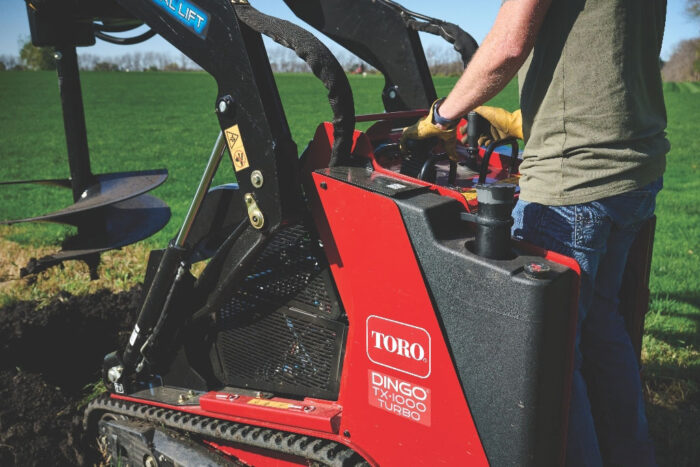
When digging, tilt the mount plate back just enough to keep the auger perfectly vertical. This helps prevent it from kicking out if it hits a rock. For tough ground, like hardpan, high torque augers work best when you apply solid down pressure without stalling the head. On the other hand, swivel augers need a lighter touch — too much force can cause the bit to jack-knife. Let it screw itself into the soil instead. Once the flighting is buried, lift the bit and cycle the head to shake off the dirt. If at any point your machine starts tipping forward, especially in muddy conditions, reverse the auger to remove less spoil and ease the load.
Size Them Up
Michael Butler, Product Manager at Land Pride
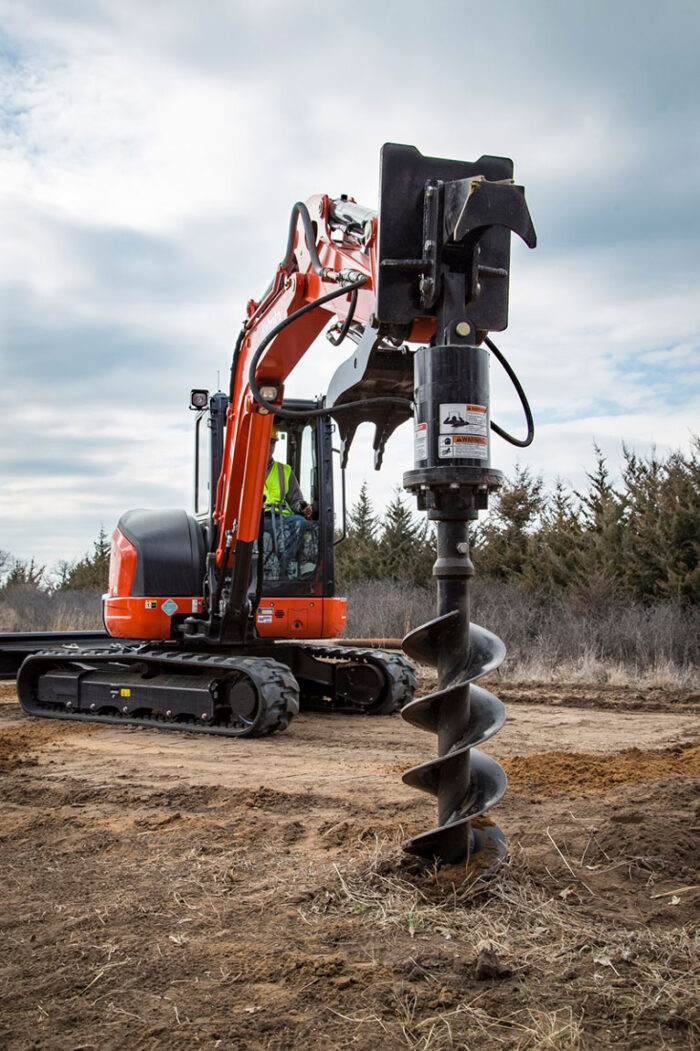
The smallest units, designed for mini excavators, can feature lower flow rates and small-diameter augers. Auger options for most diggers typically range from 6 to 24 in., and tree augers can be as large as 36 in. Rock augers, designed to bore through rocks and hard sediment, are available in 6-, 9- and 12-in. diameters or sometimes larger. Puff augers can efficiently bore 2-in. holes into compacted soils, frozen ground, solid rock and concrete surfaces. Operators must use caution around rotating auger parts and should make sure the area is clear of underground obstructions. Calling 811 before you dig is a good safety practice and required by law in all 50 states.
Take Care of Your Auger
Cole Blackwell, Attachment Sales Manager for JCB
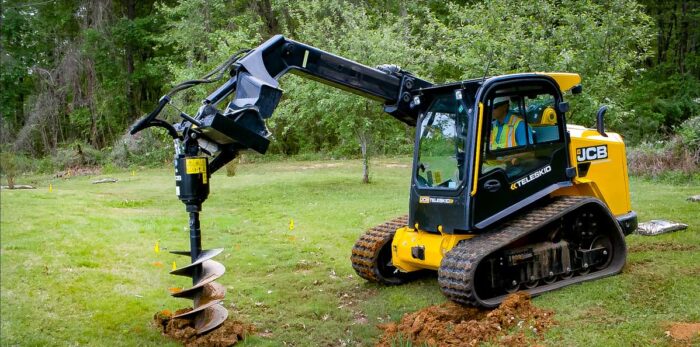
Before and after each use, check for signs of wear, including dull or damaged teeth, cracks in the flighting and loose bolts or fittings. Worn-out teeth reduce drilling efficiency, requiring more power and increasing strain on the equipment. Replacing dull or damaged teeth promptly ensures clean, efficient drilling and prevents further wear on the auger. Lubrication is essential for smooth operation. Drive components should be regularly greased to prevent overheating and excessive wear. Checking fluid levels in the gearbox should also be part of routine maintenance inspections. Using the manufacturer-recommended lubricant will protect internal parts and extend service life. Checking hydraulic hoses and fittings for leaks or cracks is also crucial to preventing unexpected breakdowns.
Check the Teeth
Rhett Hillard, Attachment Sales for Danuser
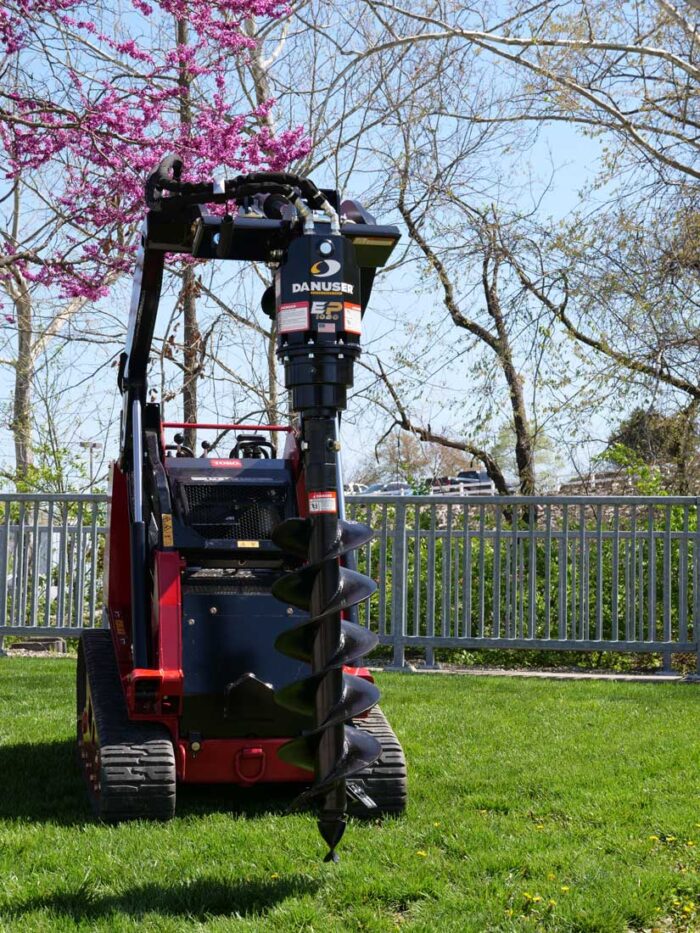
It is important to understand the function of your auger teeth and keep them clean and sharp. For example, a rock auger has bullet-style teeth that turn as the auger digs. These teeth need to be lubricated regularly and checked after each use before storage. It is critical for them to turn easily. Dirt augers have special teeth called gauge teeth, which have a noticeable bump on their sides that wears off when it is time to replace the teeth. Always check for uneven wear in any type of auger and understand what type you have and when to replace the teeth.

